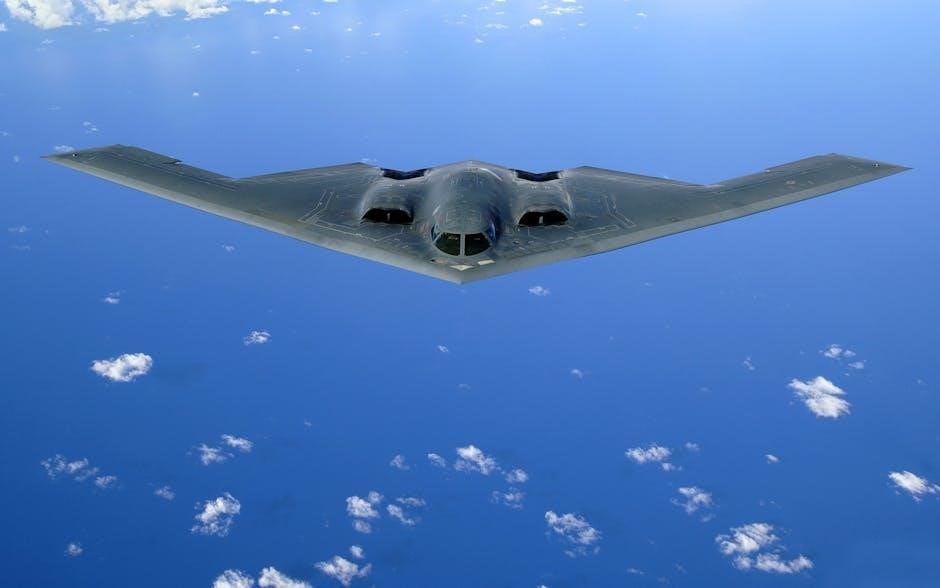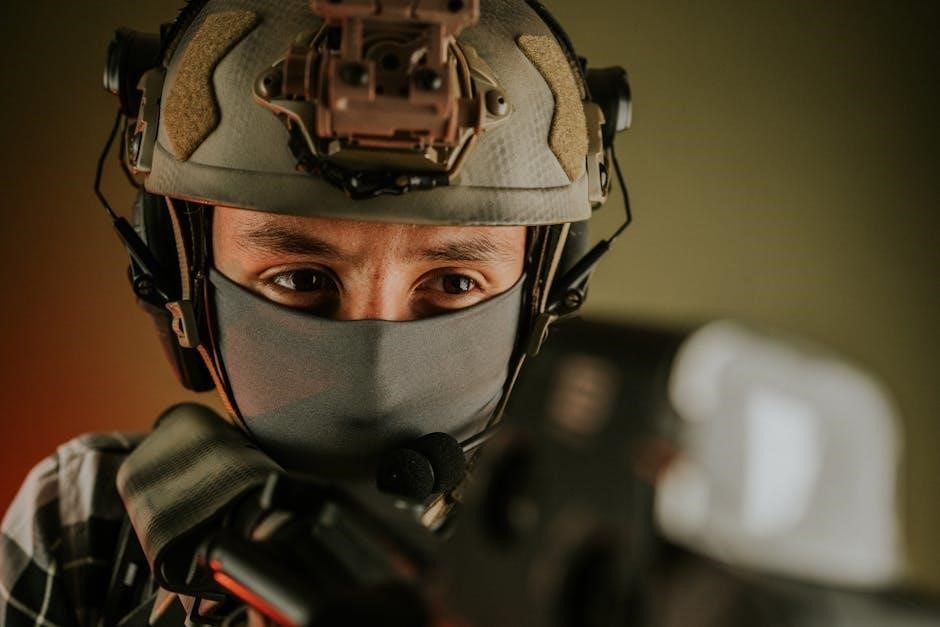crockpot instant pot manual
Crock-Pot vs. Instant Pot: A Comprehensive Guide
The classic Crock-Pot slow cooker and the modern Instant Pot electric pressure cooker offer convenience in the kitchen. This guide provides a detailed comparison, exploring their capabilities, ease of use, and the ideal scenarios for each appliance.
In today’s fast-paced world, kitchen appliances that save time and effort are invaluable. Two such appliances that have gained immense popularity are Crock-Pots and Instant Pots; The Crock-Pot, a classic slow cooker, offers simplicity and reliability for hands-off cooking. It’s perfect for stews, roasts, and other dishes that benefit from long, slow simmering. On the other hand, the Instant Pot is a multi-cooker that combines the functions of a pressure cooker, slow cooker, rice cooker, and more. It offers versatility and speed, allowing you to prepare meals in a fraction of the time compared to traditional cooking methods. This guide will explore the key differences, advantages, and ideal uses of each appliance.
Understanding the Basics
Before diving into a detailed comparison, it is essential to understand the fundamental principles behind each appliance. Knowing how they function will help determine which best suits cooking needs.
What is a Crock-Pot (Slow Cooker)?
A Crock-Pot, also known as a slow cooker, is a simple electric appliance designed for long, low-temperature cooking. It typically consists of a ceramic or porcelain insert that sits inside a metal housing containing a heating element. The Crock-Pot’s primary function is to cook food slowly over several hours, making it ideal for stews, soups, roasts, and other dishes that benefit from extended cooking times.
Crock-Pots are known for their ease of use; simply add ingredients, select a heat setting (usually low, high, or warm), and let the appliance do its work. Due to their reliability with slow-cooker recipes, they provide consistent results with minimal effort.
What is an Instant Pot (Multi-Cooker)?
An Instant Pot is a versatile multi-cooker that combines several kitchen appliances into one. Functioning as a pressure cooker, slow cooker, rice cooker, steamer, sauté pan, and warmer, it offers a wide range of cooking options. Its primary feature is pressure cooking, which uses steam pressure to cook food quickly.
Instant Pots have numerous preset programs for various dishes and adjustable settings for customized cooking. They also offer features like sautéing, allowing for browning ingredients before pressure cooking. With its multi-functionality and speed, the Instant Pot has become a popular appliance for those seeking efficient and convenient meal preparation.
Key Differences Between Crock-Pots and Instant Pots
Crock-Pots excel in slow, consistent cooking, while Instant Pots offer speed and versatility with pressure cooking, sautéing, and more. Understanding these key differences helps determine the best tool for your culinary needs.
Cooking Speed and Methods
The most significant difference lies in cooking speed. Crock-Pots, or slow cookers, are designed for extended cooking periods, typically ranging from 4 to 8 hours on low or 2 to 4 hours on high. This method gently simmers food, developing rich flavors over time, ideal for tough cuts of meat and hearty stews.
Instant Pots, on the other hand, utilize pressure cooking to significantly reduce cooking times. They can cook dishes in a fraction of the time required by a slow cooker. Additionally, Instant Pots offer sautéing capabilities, allowing for browning ingredients before pressure cooking, adding depth of flavor that slow cookers cannot achieve. This versatility makes them suitable for quicker meals and recipes requiring multiple cooking stages.
Functionality and Versatility
Crock-Pots primarily focus on slow cooking, offering simple functionality with low, high, and warm settings. Their strength lies in consistent, hands-off cooking for specific dishes. Instant Pots, however, boast multi-functionality. They can pressure cook, slow cook, sauté, steam, warm, and even function as rice cookers.
This versatility allows Instant Pots to handle a wider range of recipes and cooking techniques. The ability to sauté ingredients directly in the pot before pressure cooking or slow cooking enhances flavor development and reduces the need for separate pans. The Instant Pot’s multiple functions make it a more versatile appliance overall, suitable for various cooking needs.
Ease of Use and Controls
Crock-Pots are renowned for their simplicity. Typically, they feature just a few settings: low, high, and warm. This straightforward design makes them incredibly easy to use, even for novice cooks. You simply add your ingredients, select the desired heat setting, and let it cook.
Instant Pots, on the other hand, have more complex control panels with numerous buttons and settings for different cooking functions. While this offers greater versatility, it can also be intimidating for beginners. However, many Instant Pots come with pre-programmed settings for common dishes, simplifying the cooking process. Learning curve is steeper, but rewarding.
Advantages of Using a Crock-Pot
Crock-Pots offer simplicity and reliability, especially for slow cooking. Their straightforward controls and consistent performance make them a great choice for hands-off meals and achieving tender results with minimal effort.
Simplicity and Reliability for Slow Cooking
Crock-Pots are celebrated for their user-friendly design, typically featuring just a few settings like “low,” “high,” and “warm.” This simplicity makes them incredibly reliable for slow cooking, allowing users to set it and forget it. Unlike Instant Pots, there are fewer components to worry about, contributing to their durability.
This straightforward operation ensures consistent results, especially for recipes that benefit from extended cooking times. The gradual, even heat distribution prevents burning and helps develop rich, complex flavors. For those prioritizing ease of use and dependability in slow cooking, the Crock-Pot remains a preferred choice. It is reliable for a range of slow cooker recipes.
Advantages of Using an Instant Pot
Instant Pots offer multi-functionality and speed, acting as a pressure cooker, slow cooker, rice cooker, and more. They can also sauté, steam, and warm food, providing versatility in the kitchen.
Multi-Functionality and Speed
The Instant Pot distinguishes itself with its impressive multi-functionality, serving as a pressure cooker, slow cooker, rice cooker, and even a steamer. This all-in-one design saves space and simplifies meal preparation. Its pressure cooking capabilities drastically reduce cooking times compared to traditional methods.
Moreover, the Instant Pot’s ability to sauté ingredients directly in the pot enhances flavor development and reduces the need for separate pans. This feature is particularly useful for browning meats or vegetables before pressure cooking or slow cooking. The result is a more convenient and efficient cooking experience.
Its speed and versatility make the Instant Pot a valuable asset for busy individuals and families.
Sautéing and Pressure Cooking Capabilities
A key advantage of the Instant Pot lies in its sautéing and pressure cooking functions. Unlike a Crock-Pot, an Instant Pot can sauté ingredients directly in its inner pot, allowing for browning of meats or vegetables before the main cooking process. This enhances flavor and adds depth to dishes.
Pressure cooking significantly reduces cooking times, preparing meals in a fraction of the time compared to slow cooking. This is especially beneficial for tougher cuts of meat, which become tender and flavorful under pressure; The combination of sautéing and pressure cooking capabilities makes the Instant Pot a versatile tool for creating a wide range of recipes quickly and efficiently.
When to Choose a Crock-Pot
Opt for a Crock-Pot when simplicity and reliability for slow cooking are paramount. It excels at hands-off, all-day cooking, perfect for recipes where gentle simmering enhances flavors over time.
Ideal Scenarios for Slow Cooking
Crock-Pots shine when you need to prepare large quantities of food with minimal effort. They’re perfect for busy individuals or families who want a hot meal ready at the end of the day without constant supervision. Imagine coming home to a flavorful pot roast, hearty stew, or tender pulled pork that has been simmering all day.
Slow cooking is ideal for tougher cuts of meat, transforming them into succulent, melt-in-your-mouth dishes. It’s also great for dishes like chili, soups, and sauces, where flavors meld and deepen over time. The consistent, low temperature ensures even cooking and prevents burning, making it a reliable choice for set-it-and-forget-it meals. Crock-Pots are particularly useful during colder months when warm, comforting meals are desired.
When to Choose an Instant Pot
Opt for an Instant Pot when you need speed and versatility. Its multi-functional capabilities, including pressure cooking and sautéing, make it ideal for quick meals and diverse cooking styles.
Ideal Scenarios for Pressure Cooking and Multi-Functionality
The Instant Pot shines when time is of the essence and a variety of cooking methods are desired. If you need to prepare a meal quickly, pressure cooking is invaluable for tenderizing meats and cooking beans or grains in a fraction of the time compared to slow cooking.
Furthermore, its sautéing function eliminates the need for separate pans, simplifying one-pot meals. Imagine browning meat directly in the Instant Pot before pressure cooking a stew. This multi-functionality also makes it perfect for small kitchens where space is limited. Rice cooking, steaming vegetables, and even making yogurt are easily accomplished. Ultimately, the Instant Pot caters to those who value speed, convenience, and versatility in their cooking routine; It is an excellent choice for busy individuals.
Both the Crock-Pot and Instant Pot are valuable kitchen appliances. The Crock-Pot offers simplicity for slow cooking, while the Instant Pot provides speed and versatility. Choosing depends on your cooking priorities.
Summarizing the Strengths of Each Appliance
The Crock-Pot excels in simplicity and reliable slow cooking, requiring minimal effort to prepare hearty meals. Its straightforward controls and consistent performance make it ideal for those who prefer a hands-off approach. Conversely, the Instant Pot boasts multi-functionality, combining pressure cooking, sautéing, and slow cooking into one appliance. Its ability to cook food quickly and efficiently is a major advantage for busy individuals.
Furthermore, the Instant Pot’s sautéing function allows for browning and searing ingredients before pressure cooking, enhancing flavor and depth. Ultimately, the choice between a Crock-Pot and an Instant Pot depends on individual cooking needs and preferences, with each appliance offering unique strengths.




